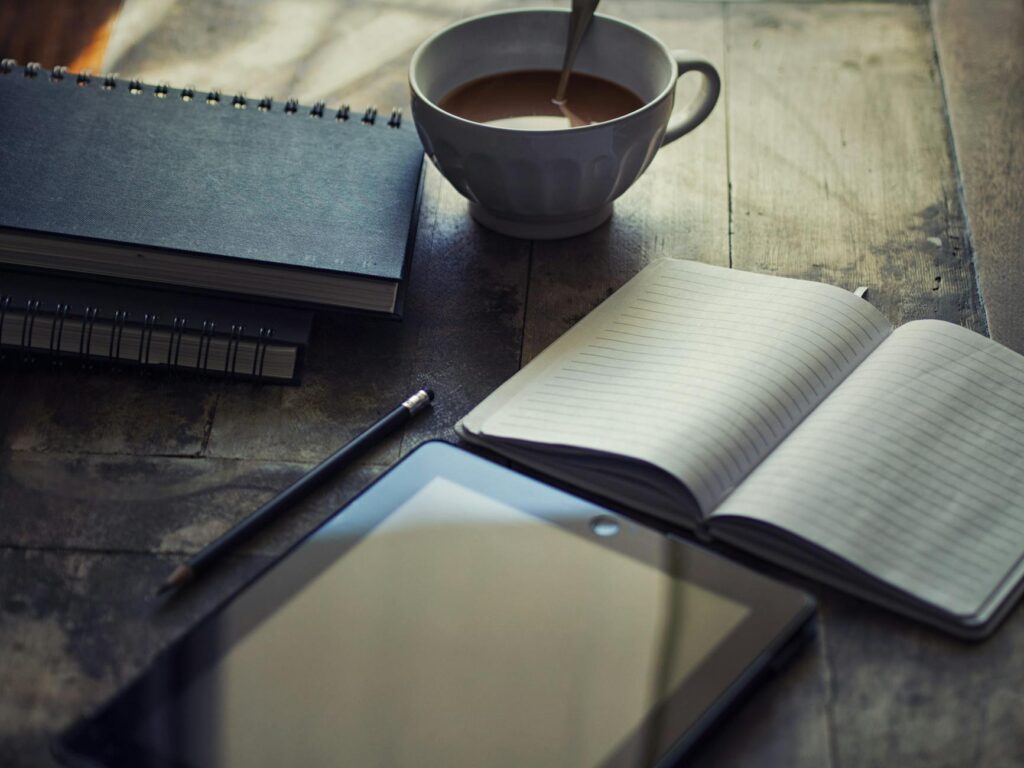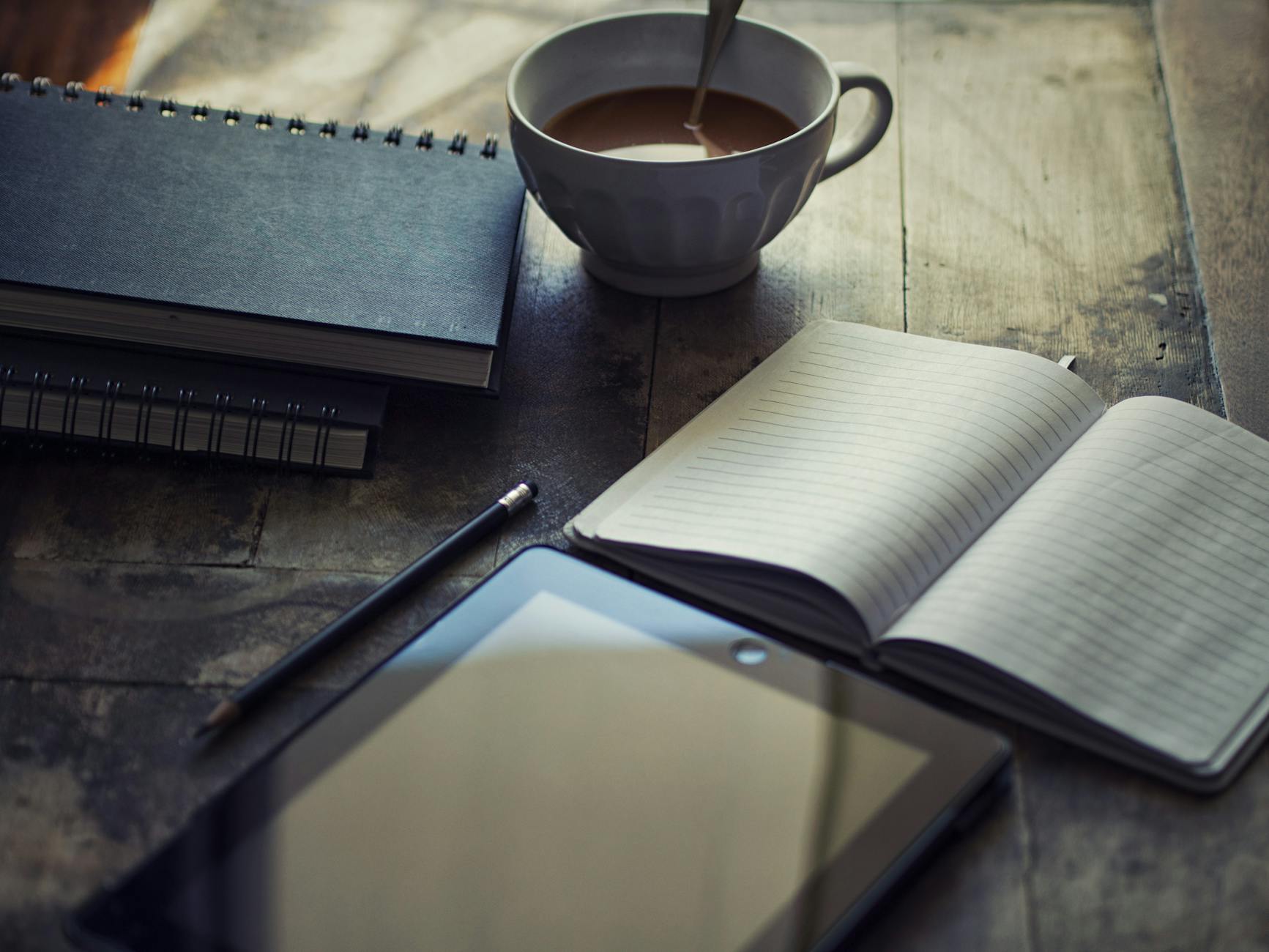What is impact of breaks on productivity?

What is the impact of breaks on productivity?
In the hustle and bustle of daily work and study routines, breaks often take a backseat. However, research reveals that taking breaks can be a powerful tool to enhance productivity. Whether you’re working on a project or studying for an exam, understanding the impact of breaks on productivity is crucial for success.
Understanding Productivity
Productivity is more than just a buzzword; it’s a measure of how effectively you use your time and resources to achieve your goals. In both work and study environments, productivity can significantly influence outcomes and personal satisfaction.
Defining Productivity
Productivity varies depending on the environment. In the workplace, it’s about completing tasks efficiently and effectively. This can include meeting deadlines, generating revenue, or providing quality service. In an academic setting, productivity often relates to how much material you can absorb, comprehend, and apply. Essentially, in both contexts, productivity reflects the ability to achieve set objectives with minimal wasted effort.
Measuring Productivity
Measuring productivity can be a complex task. Common methods include tracking the number of tasks completed, assessing the quality of work, and monitoring time spent on specific activities. Tools like time-tracking apps or productivity software can provide insights into your performance, enabling you to identify patterns and make necessary adjustments. The goal is to find what works best for you and your specific needs.
The Science Behind Breaks
Understanding the psychological and physiological reasons behind the need for breaks can illuminate their role in maintaining productivity.
Cognitive Load Theory
Cognitive load theory suggests that our brains have a limited capacity for processing information. When we overload our cognitive resources with continuous work, our ability to learn and retain information diminishes. Breaks provide relief from this cognitive strain, allowing our minds to reset. For more insights into how breaks can enhance cognitive function, you can visit the National Institutes of Health.
The Role of Fatigue
Mental fatigue is another critical factor that impacts performance. When you’re mentally exhausted, your ability to focus, make decisions, and perform tasks efficiently declines. Regular breaks can help mitigate this fatigue, allowing you to recharge and maintain a higher level of productivity throughout the day. Research suggests that even short breaks can help restore your mental energy and improve your overall performance (HBR).
Types of Breaks and Their Effects
Not all breaks are created equal. Understanding the different types of breaks can help you maximize their benefits.
Micro-Breaks vs. Longer Breaks
Micro-breaks are short, intentional breaks lasting just a few minutes, while longer breaks can span 30 minutes or more. Both types play distinct roles in enhancing productivity. Micro-breaks can help you quickly refresh your focus, while longer breaks allow for deeper relaxation and mental reset. Finding the right balance between the two can lead to sustained productivity throughout your work or study session.
Active Breaks vs. Passive Breaks
Active breaks involve physical movement, like walking or stretching, while passive breaks might include scrolling through social media or watching videos. Research indicates that active breaks can significantly improve your energy levels and focus when returning to work. In contrast, passive breaks can sometimes lead to distractions that diminish productivity. It’s essential to choose the type of break that aligns with your goals and needs.

Photo by Pixabay
Strategies for Effective Breaks
To fully harness the benefits of breaks, implementing effective strategies is essential.
Scheduling Breaks
Optimal timing for breaks can greatly influence their effectiveness. Studies suggest taking breaks every 60 to 90 minutes, as this aligns with natural attention spans. By scheduling breaks strategically, you can maintain a higher level of concentration, which ultimately boosts productivity.
Creating a Break-Friendly Environment
Your workspace can significantly impact how you take breaks. Consider creating a dedicated space for breaks, free from distractions. This could be a cozy corner with a chair, a quiet room, or even outdoors. The key is to have a space where you can step away from your tasks and recharge effectively.
Conclusion
In summary, the impact of breaks on productivity is profound. By understanding how breaks can alleviate cognitive load, reduce mental fatigue, and enhance overall focus, you can implement effective strategies to optimize your work and study habits. Whether through micro-breaks, active movements, or simply stepping away from your desk, the importance of breaks cannot be overstated. Embrace the power of breaks, and watch your productivity soar!